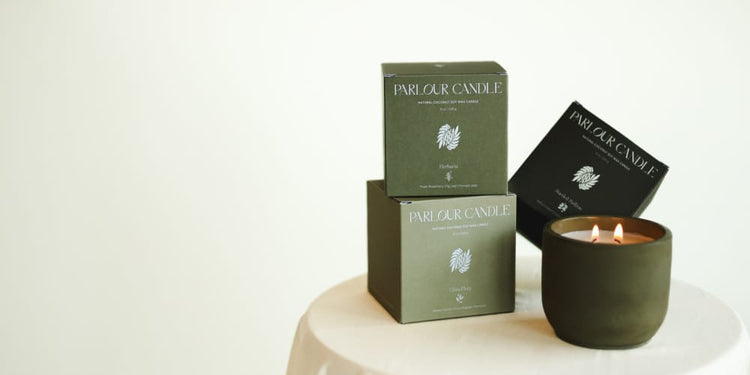When designing and producing packaging, colour is a crucial factor. Sometimes, the final printed result doesn’t match your original design. Understanding the factors that cause these discrepancies can help ensure the colours on your packaging are as precise as possible.
Factors That Affect Colour Appearance
Colours you see on a screen often differ from what’s printed. Screen displays use the RGB colour system, which relies on red, green, and blue light, while printed materials use CMYK, which combines cyan, magenta, yellow, and black inks. For packaging design, it’s important to work with CMYK to ensure accurate printing results.
For highly specific colours, consider using spot colours like Pantone, which offer greater consistency compared to CMYK’s layered colours. Additionally, lighting, screen brightness, and the type of base material (such as white or brown kraft, coated or uncoated) can affect how colours appear once printed.
How to Ensure You Get the Colours You Want
To achieve the colours you’re aiming for, start by designing in CMYK mode. While this won’t perfectly match the final print, it gets you as close as possible digitally. For exact colours, Pantone spot colours are your best option.
Avoid relying on RGB or HEX codes, as these are for digital use and won’t provide accurate print results. For large areas of one colour (like box backgrounds), spot colours are more reliable than process colours for avoiding noticeable discrepancies during production.
Get a Sample for Colour Accuracy
The most reliable way to ensure the colours are exactly what you want is to request a sample. A print proof is a budget-friendly option, allowing you to see the colours before full production. Alternatively, press proofs or pre-production samples offer even greater accuracy, though they come at a higher cost.
Closing Thoughts
Understanding the factors that influence colour discrepancies between digital designs and printed packaging helps set realistic expectations. Always design in CMYK mode and, when possible, use spot colours for precision. Finally, requesting a sample is the best way to verify colours before production begins.

